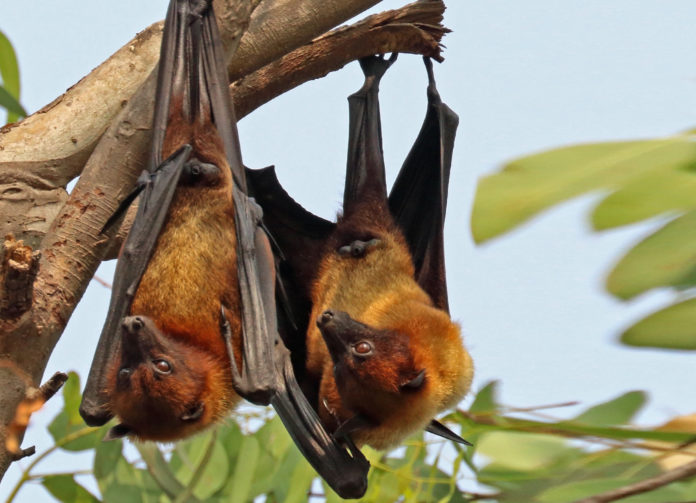Initial tests on bats were negative causing much speculation about whether newer sources of the infection are emerging
Putting to rest suspense about the source of the Nipah virus infections in Kerala, scientists from the Indian Council of Medical Research have now found the virus in bats that were caught from the affected areas. At least 17 people died of Nipah infection in Mallapuram and Kozhikode districts of Kerala over April and May.
While the first batch of bats caught from the well in Kozhikode in the house from where the first case was reported, had tested negative, of the second batch of 52 fruit bats, 19.2% were found to carry the virus. The findings will be published in The Lancet. Health minister J P Nadda was informed about the findings in a meeting last week.
In the meeting, scientists from ICMR and public health officials also told the minister that circumstances have now improved enough for the state to be declared Nipah free. The incubation period of Nipah is 5-14 days. The last case was in May and now that two incubation priods have elapsed without any fresh cases, the spectre of the dreaded disease seems to be finally receding.
In Bangladesh in 2004, humans became infected as a result of consuming date palm sap that had been contaminated by infected fruit bats. Human-to-human transmission has also been documented, including in a hospital setting in India
“The well in the house where the first case was reported, was full of bats. When they went to clean the well, that is where they contracted the infection. It is true that the first lot of bats had tested negative. However assuming that some of the bats had flown away, a structured hunt was launched for the bats and thus we zeroed in on the culprits,” said a senior ICMR official.
Nipah is known to spread from bats where they are present without causing any illness. However in humans the disease can be fatal. World Health Organisation documents that bats were first identified during an outbreak of the disease that took place in Kampung Sungai Nipah, Malaysia in 1998. On that occasion, pigs were the intermediate hosts. However, in subsequent Nipah outbreaks, there were no intermediate hosts. In Bangladesh in 2004, humans became infected as a result of consuming date palm sap that had been contaminated by infected fruit bats. Human-to-human transmission has also been documented, including in a hospital setting in India.
In August, ICMR is also planning to hold a two day conference on Nipah.



[…] PROMED, MEDI Bulletin, Health […]